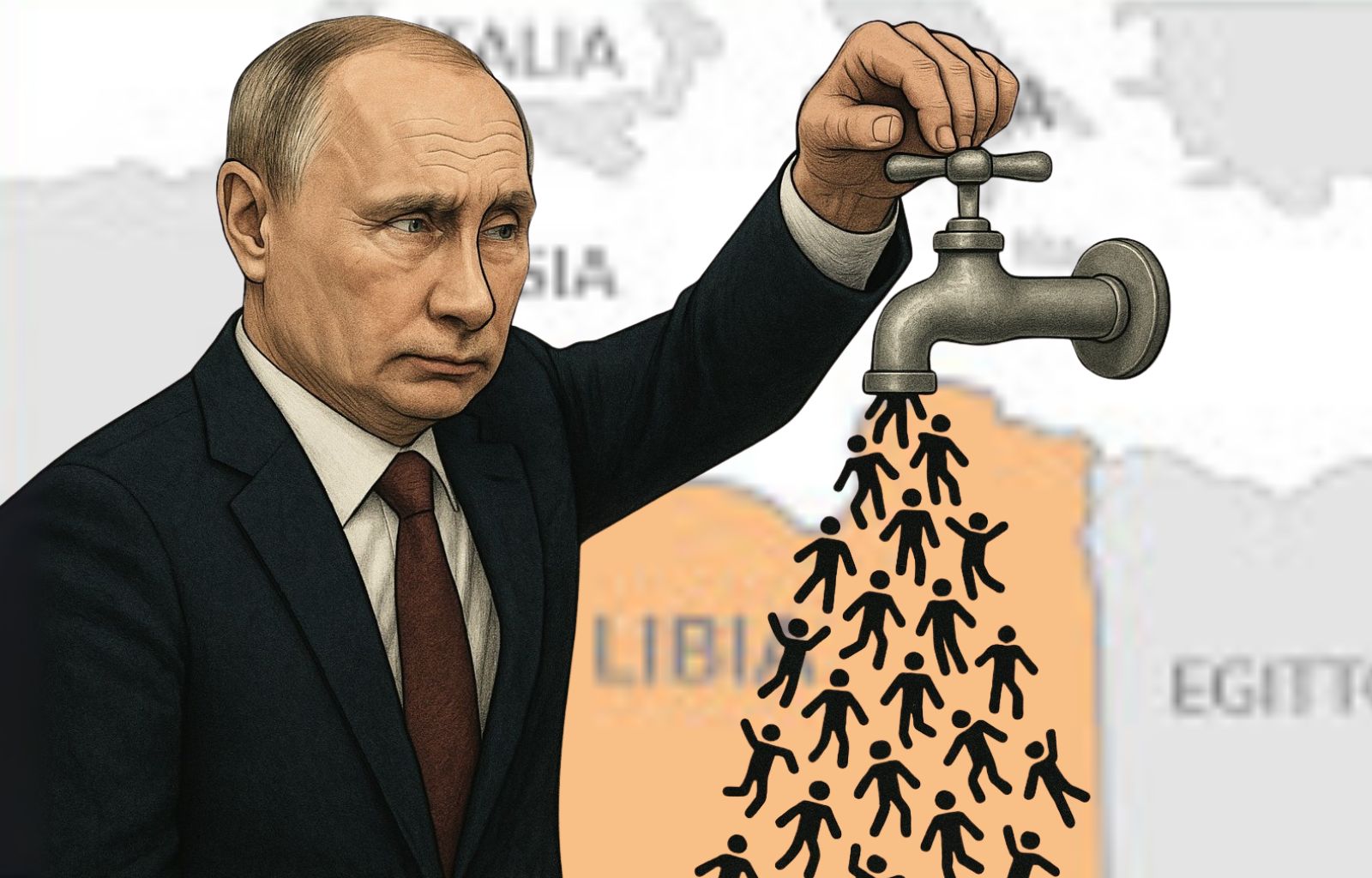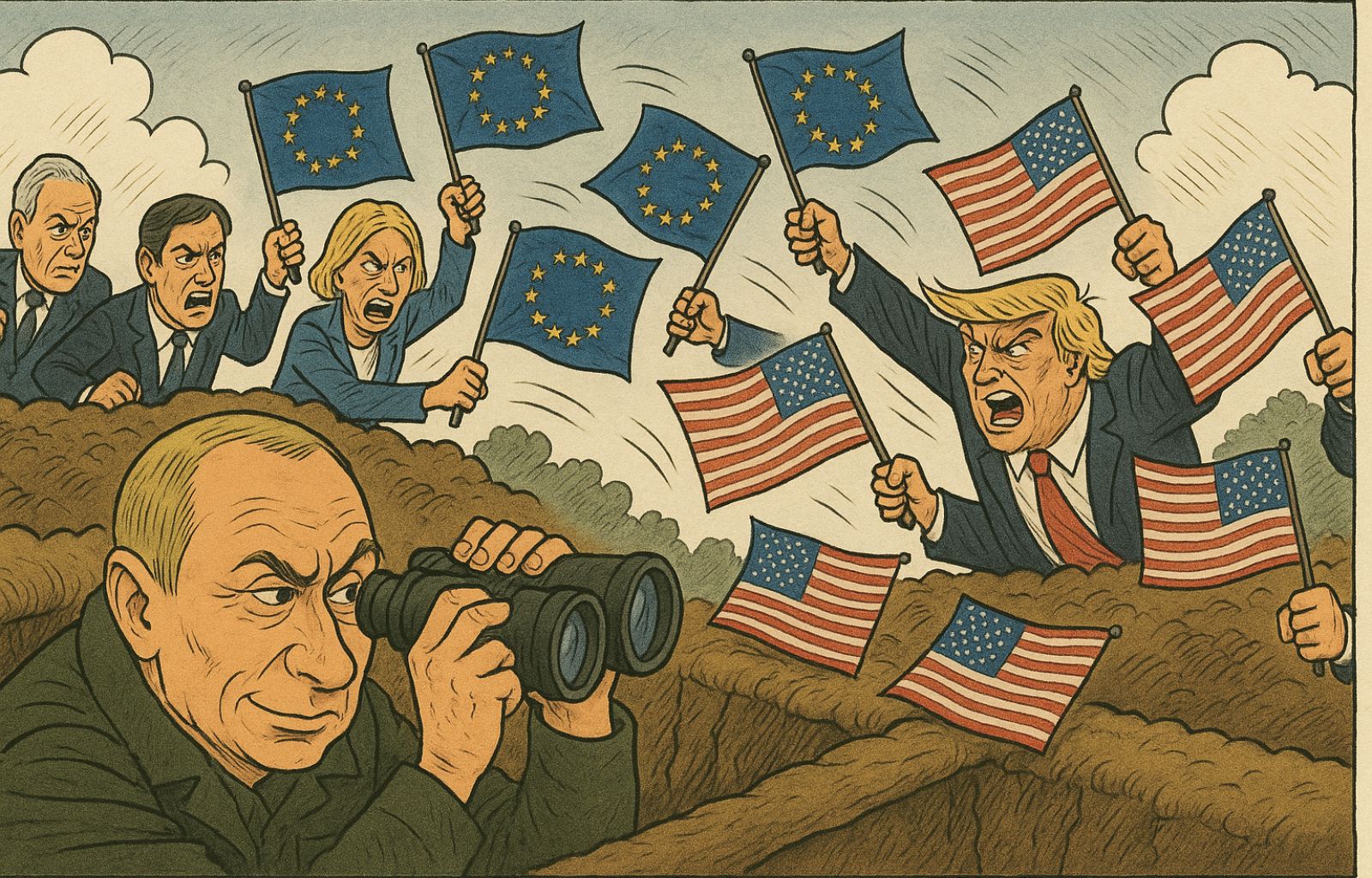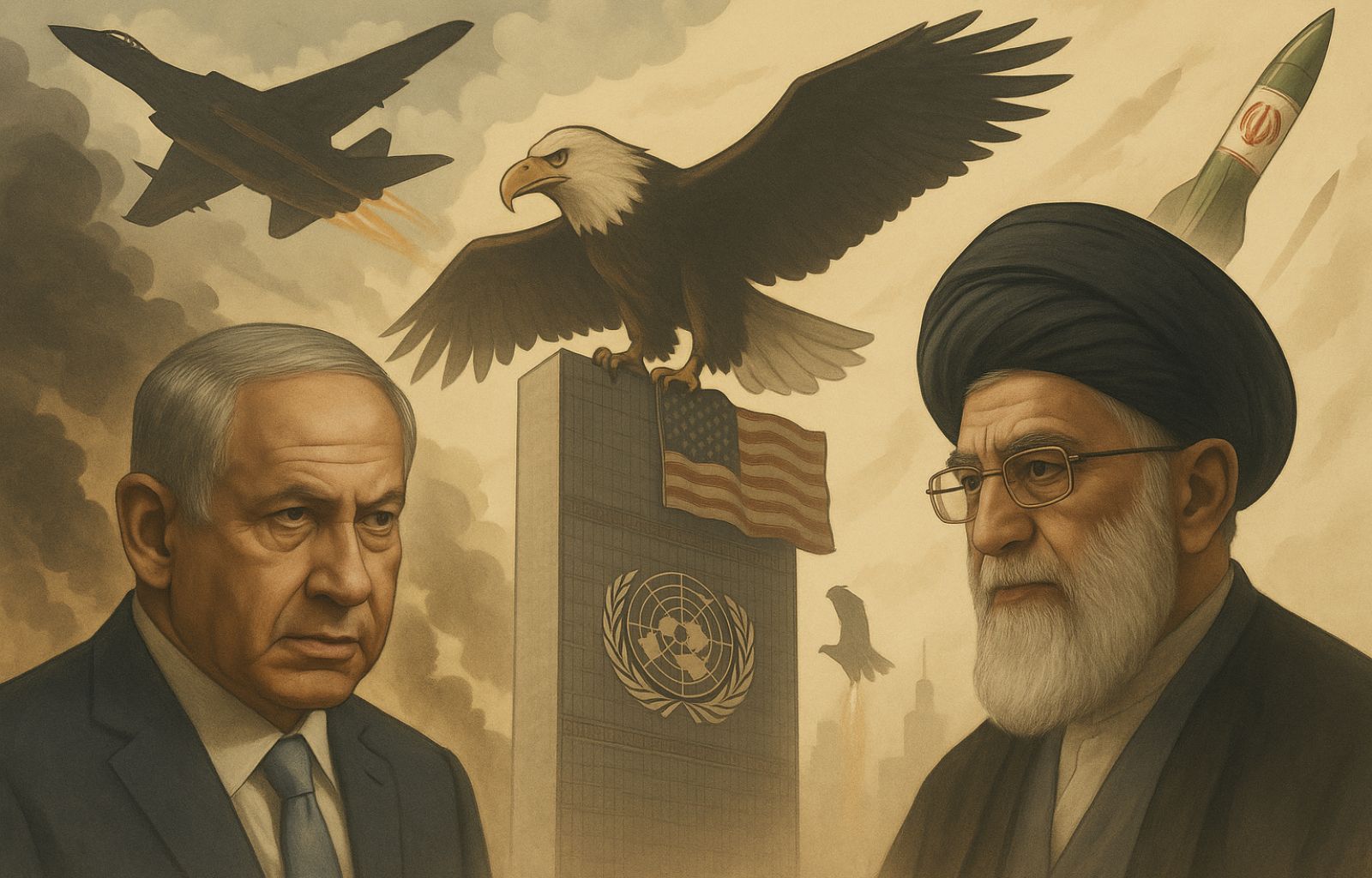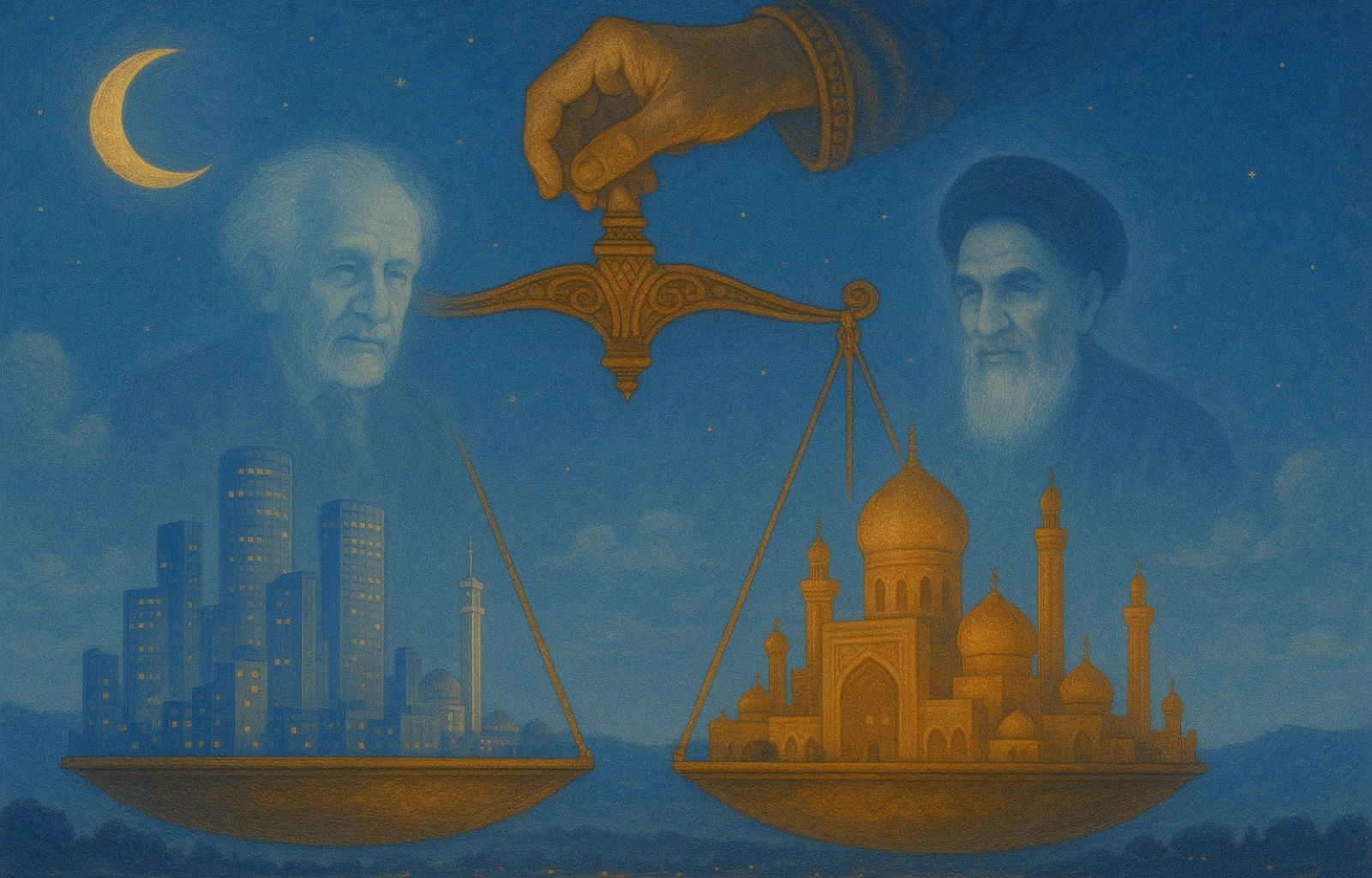Iranian naval mines in the Strait of Hormuz: strategy, deterrence or bluff?
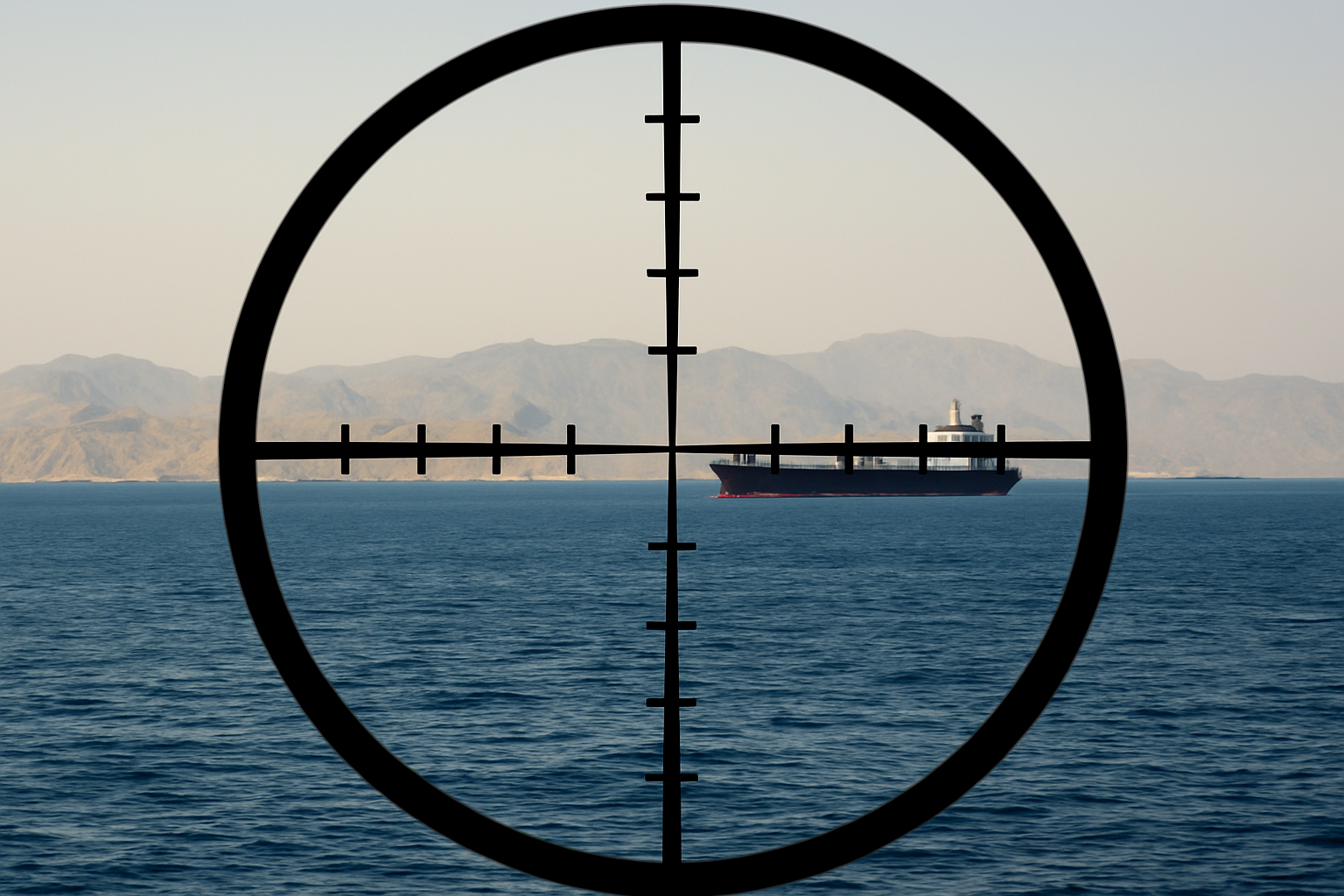
In the weeks following the 13 June Israeli missile attack against targets in Iran, US intelligence detected an alarming move: the Iranian military allegedly loaded naval mines onto some ships in the Persian Gulf. A potentially dangerous manoeuvre, which has rekindled concerns in Washington about a possible attempt by Tehran to block the Strait of Hormuz, one of the world’s most strategic bottlenecks (commonly called chokepoints) for energy traffic.
The Strait as geopolitical lever
The news, reported by two US officials to Reuters, adds a new level of tension to an already highly compromised Middle East picture. Indeed, the Strait of Hormuz has always been a crucial junction for global trade: over a fifth of the world’s oil transits through it every day. Any obstacle to its navigation has immediate implications not only for the countries in the region, but for the global economy. This is not the first time Iran has threatened, directly or indirectly, to close the strait as a form of deterrence or retaliation against sanctions or military action. However, the novelty of these weeks lies in the combination of concrete technical preparation (the loading of the mines) and the ambiguity of political intention: Tehran may have only wanted to show its muscles, without any real intention to strike.
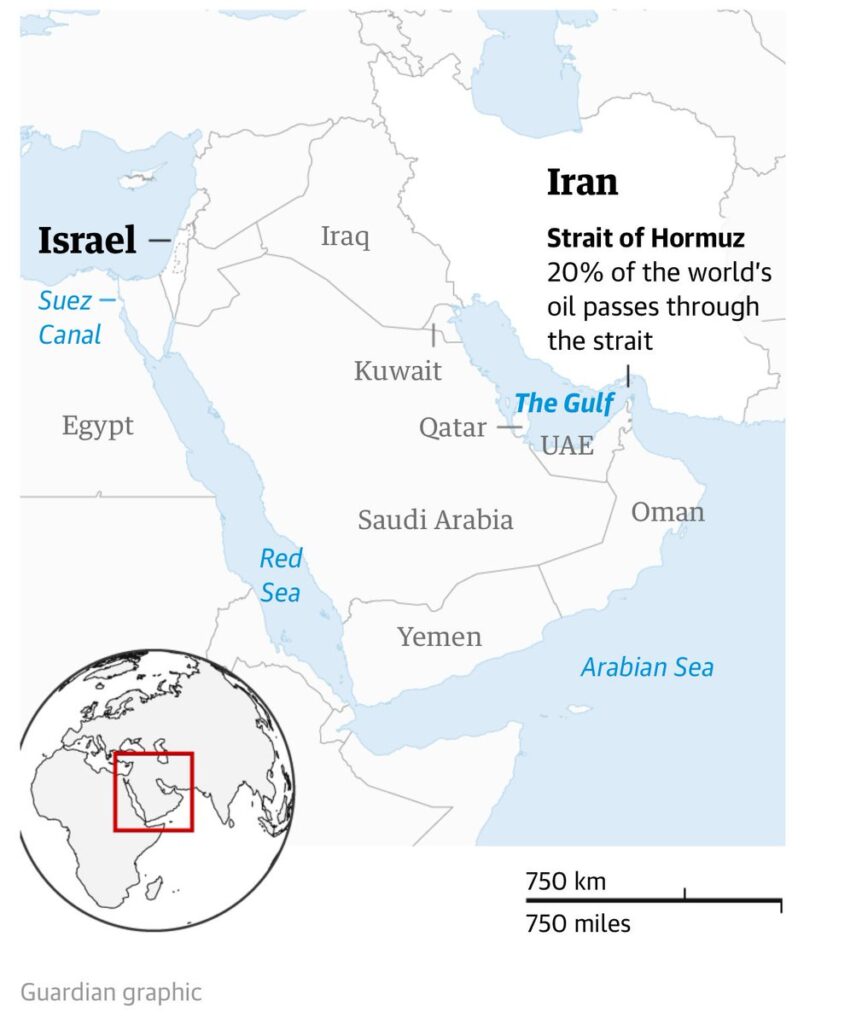
Ambiguous deterrence: signal or sham?
The two US officials quoted by Reuters suggested that the Iranian operations might be part of a deterrence strategy, a way to make the US and its allies believe that Iran was willing to do anything to defend its sovereignty. But it is possible that this is a bluff tactic, aimed at gaining negotiating leeway without crossing a threshold of direct conflict. This kind of ambiguous deterrence is part of a logic of ‘managed escalation’, in which signals are calibrated to increase diplomatic pressure, but without triggering a full-scale war.
Israel, Iran and the new phase of the long-distance confrontation
The Israeli attack on 13 June, which hit military facilities on Iranian territory, marked a new phase in the confrontation between Israel and Iran, both of which are involved – directly or by proxy – in the ongoing regional conflict, especially through the dynamics in Syria, Lebanon, Yemen and Gaza. The Iranian response, although contained on the direct military level, has also been played out on the terrain of symbolic and strategic threats, such as the possible blockade of Hormuz.
A cautious interpretation for the European Union
For the European Union, which has every interest in avoiding further destabilisation of the Gulf region, the situation requires a double level of attention: on the one hand, guaranteeing freedom of navigation in the strait; on the other, not allowing itself to be drawn into a spiral of diplomatic or military escalation. European diplomacy should encourage a moderate reading of events, avoiding pandering to bellicose automatisms and favouring a return to multilateral dialogue on the Iranian nuclear dossier. Iran has historically also used the leverage of the threat on Hormuz as a negotiating tool to obtain concessions in the economic and sanctions sphere.
The need to read signals, not just actions
The loading of naval mines by Iran in the Strait of Hormuz is a clear signal, and cannot be downplayed. It is a gesture that, beyond its operational scope, reflects the will of the regime in Tehran to exert pressure through instruments of destabilisation and threat, in one of the most sensitive areas for global security.

The West cannot take a neutral stance in this scenario. Defending freedom of navigation and global energy stability also means recognising that certain behaviours, especially if repeated, cannot be considered as mere regional dynamics. Iran is not an impartial actor, but a regime that uses tension to consolidate its internal and regional position, often in opposition to the basic principles of Western democracies.
Being consistent with Western interests and values also means developing a clear strategic response, strengthening coordination with allies (including the Arabs) and promoting a foreign policy that is not limited to crisis management, but actively contributes to the protection of the international order.
It is not a question of fuelling confrontation, but of preventing ambiguity from being interpreted as weakness.

